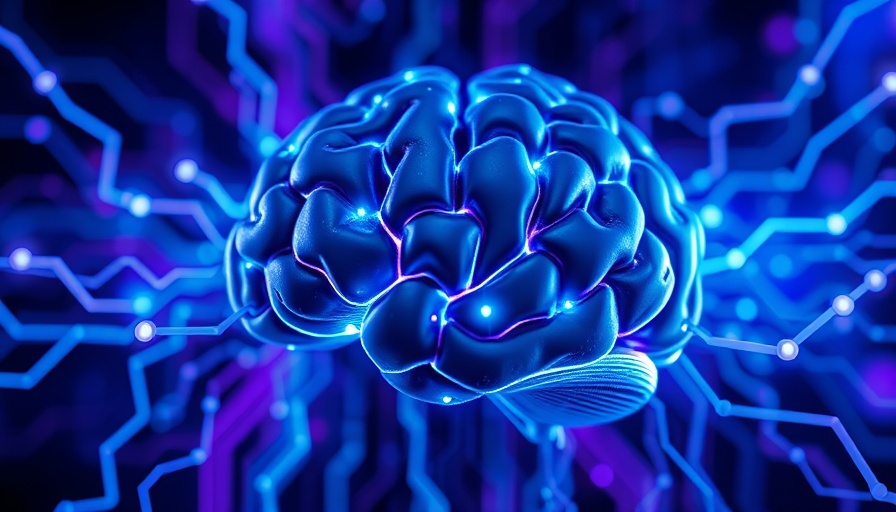
The Challenge of Measuring Artificial General Intelligence
The race to develop Artificial General Intelligence (AGI) is on, with the recent announcement by the Arc Prize Foundation highlighting the complexities involved in evaluating AI capabilities. By unveiling a new testing mechanism—known as ARC-AGI-2—this initiative aims to fill the gaps left by its predecessor while providing a more nuanced approach to assessing AI intelligence.
ARC-AGI-2: A Step Forward in Testing AI
The ARC-AGI-2 test is specifically designed to challenge AI models, including some of the most advanced systems such as OpenAI's o1-pro and DeepSeek's R1. Recent results indicate that these reasoning models scored a mere 1% to 1.3% on the test—most significantly lower than human counterparts, who achieved an average of 60% accuracy. In a landscape where AI systems are rapidly evolving, these results may seem surprising but serve to illustrate the limitations even top-performing AI models face.
Understanding the Structural Adjustments of ARC-AGI-2
One of the notable enhancements of ARC-AGI-2 over ARC-AGI-1 is its introduction of a new efficiency metric, which compels AI systems to solve novel problems more intelligently rather than through brute force. This is critical, given that many models previously relied heavily on processing power to achieve satisfactory test results. The aim now is to assess not just whether an AI can arrive at the right answer but to measure the economy and ingenuity of its approach.
Implications for the Future of AI Testing
The implications of this new test are vast. As AI researchers and enthusiasts acknowledge, traditional benchmarks have often overlooked critical dimensions of what it means to possess general intelligence. The expectation is that ARC-AGI-2 will push AI developers to focus on attributes like adaptability and creative problem-solving, both considered hallmarks of true intelligence.
The Reality Check: AI vs. Human Cognition
Greg Kamradt of the Arc Prize Foundation pointedly asserts that intelligence encompasses more than mere problem-solving ability—it involves how efficiently and effectively that intelligence is manifested. While highly developed AI models may efficiently tackle specific tasks, the human ability to learn and adapt boasts an inherent flexibility these models have yet to achieve.
Community Engagement: The Push for Improved Benchmarks
The introduction of ARC-AGI-2 has sparked conversation among AI thinkers. Figures such as Thomas Wolf from Hugging Face emphasize that the AI industry is in dire need of fresh benchmarks that capture the complexities of AGI, advocating for a diversified testing landscape that includes creativity as a key performance indicator. By addressing this need, the Arc Prize Foundation has aligned itself with growing calls within the tech industry to explore uncharted territories in AI measurement.
Calling All Developers: The 2025 Contest Challenge
To stimulate innovation surrounding these new benchmarks, the Arc Prize Foundation is launching a contest aimed at developers, challenging them to score 85% accuracy on the ARC-AGI-2 task while minimizing computational costs to just $0.42 per task. This initiative underscores the growing recognition of efficiency as a pivotal element in advancing AI technology.
Final Thoughts: The Road Ahead for AGI Development
The challenge of creating and measuring AGI is complex and multi-faceted. As ARC-AGI-2 takes center stage, it pushes the boundaries for what we know about AI performance and intelligence. The ambitions of the Arc Prize Foundation reflect a broader aspiration in the tech community—to cultivate an environment where AI can truly learn, think, and evolve beyond mere programmed responses.
For those who are invested in the intersection of technology and cognitive science, staying informed about these developments is crucial. Read more about the implications of this new AGI test and engage with the accelerating dialogue about what may come next in artificial intelligence.
 Add Row
Add Row  Add
Add 



Write A Comment